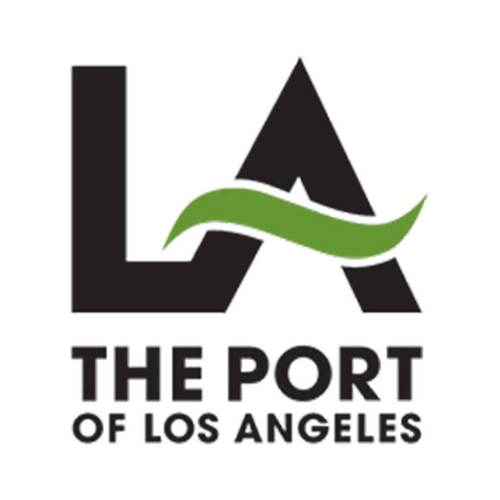
HOW DO DIGITAL SPEED SIGNS EFFICIENTLY MANAGE TRAFFIC FLOW?
Modern roads are a dynamic symphony of vehicles in motion, each with a distinct purpose and destination. However, as these various components come together, difficulties like speeding and congestion frequently cause the traffic to flow in a disorganized manner. Here we have digital speed signs, a technical advancement that not only controls traffic but also gives driving safety a more individualized touch.
Imagine yourself in the middle of a busy roadway when, all of a sudden, a digital speed sign with blazing numbers displaying your current speed catches your eye. It seems as though the sign is aware of your coming urgency. This is the strength of digital speed signs, which talk to drivers directly and use real-time data to better control traffic.
The Data Dance
Digital speed signs have sensors that collect a huge amount of information from passing vehicles. These sensors measure the speed of each vehicle and transmit that data to a central control system. The data is processed by this system, which enables the signs to change their displays to reflect the current traffic conditions.
A Personalized Reminder
Digital speed signs stand out due to their individualized approach to traffic control. The indicator registers your speed as you approach. The sign indicates the area’s typical speed restriction if you’re traveling within it. However, the sign’s display alters if you’re driving a little too enthusiastically. It speaks directly to you, flashing your present pace and requesting that you reduce it. It’s as if the sign is saying, “Hey, I see you’re moving a bit quickly. Let’s be mindful and keep things safe.”
Taming Traffic Jams
Our roadways are frequently chaotic, which frustrates and delays commuters. Digital speed signs actively help to solve this problem. These signs may change the posted speed limit in real time when traffic builds up. They avoid the terrible stop-and-start traffic patterns that contribute to congestion by gently getting cars to slow down. By arranging a smoother flow, these signs serve as virtual traffic conductors.
Safety as a Priority
Digital speed signs’ basic aim is to promote road safety. These indicators encourage self-awareness and careful driving by giving you immediate feedback about your speed. They reduce speeding, which is a significant cause of accidents, according to studies. Digital speed signs also lessen the possibility of abrupt lane changes and rear-end incidents by guaranteeing a steady traffic flow.
Smart Systems in Play
Digital speed signs often belong to a larger ecosystem of smart traffic management. This network uses information from numerous sources, such as weather sensors and traffic cameras, to make wise decisions. For example, the system can lower the displayed speed limit if heavy rain causes slippery roads to promote safer driving. A comprehensive approach to traffic management that considers numerous factors is ensured by this interaction with smart systems.
Educating While Navigating
Beyond just being technically advanced, digital speed signs have a teaching function. They educate the general public about obeying speed limits and adopting safer driving practices. When drivers see their speeds displayed, it inspires reflection and makes them more aware of their driving habits. This might help communities develop a responsible driving culture over time.
Conclusion
In conclusion, digital speed signs represent a technological evolution that brings a personalized touch to traffic management. These signs have altered how traffic flow is handled by acquiring real-time data, customizing speed displays, and cooperating with smart systems. They assist us in navigating with greater awareness and consideration; they are more than just tools. Digital speed signs are positioned to play an increasingly significant role in fostering a safer, more effective driving environment for all of us as technology advances.
FAQ’s
Q.1 How do digital speed signs work?
Ans: Digital speed signs use sensors to detect vehicle speed and display real-time speed information to drivers.
Q.2 What is the significance of digital speed signs?
Ans: Digital speed signs improve road safety by providing instant feedback to drivers, reducing speeding, and enhancing traffic flow.
Q.3 What are the digital speed signs?
Ans: Digital speed signs are dynamic displays that show current speed limits and drivers’ speeds to encourage safer driving.
Q.4 What is intelligent speed control?
Ans: Intelligent speed control uses technology to adjust vehicle speeds based on real-time road conditions and speed limits.
Q.5 What controls traffic flow?
Ans: Traffic flow is managed by a combination of traffic signals, road design, and technologies like digital speed signs.
Q.6 Are digital speed signs part of smart traffic management systems?
Ans: Yes, digital speed signs are often integrated into smart traffic management systems that use data from various sources to optimize traffic flow and enhance road safety.
Q.7 Can digital speed signs adapt to changing road conditions?
Ans: Yes, digital speed signs can adapt to changing road conditions by adjusting the displayed speed limits based on factors like weather, visibility, and traffic volume.





















